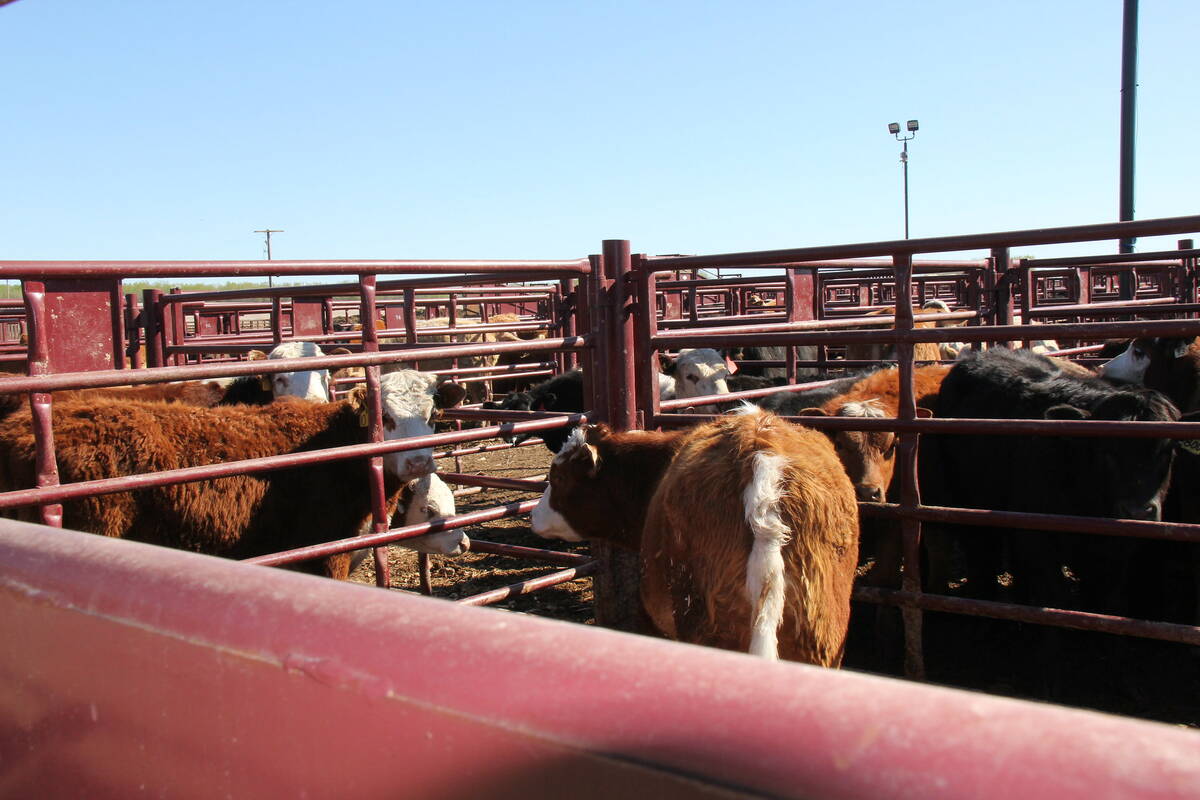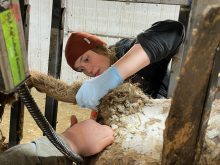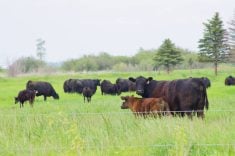Vaccines are an important part of protecting our herd’s health and fertility.
A Canadian expert working group, supported by the Beef Cattle Research Council, has listed the core vaccines recommended in all western Canadian beef herds as:
- bovine herpes virus Type 1 (also known as infectious bovine rhinotracheitis or IBR)
- bovine viral diarrhea virus (BVDV)
- bovine respiratory syncytial virus (BRSV)
- the clostridial bacteria that cause blackleg, malignant edema, black disease, gas gangrene and enterotoxemia and enteritis
This list is almost identical to the core vaccine list for beef cattle herds published by the American Association of Bovine Practitioners.
Two of the viral vaccines listed on this core list are bovine herpes virus 1(IBR) and bovine viral diarrhea virus (BVDV).
Read Also

Livestock movement scanner looks for proving ground
The Canadian Cattle Identification Agency (CCIA) will test new technology intended to simplify the recording of animal movements, linked to proposed federal livestock traceability regulations.
They can certainly cause disease in a variety of ages of cattle but are important viruses that can also affect fertility by causing abortions or early embryonic death in pregnant cows.
Preventing these impacts on fertility and protecting the fetus by vaccinating the cow is one of the primary reasons why these vaccines are so crucial as part of a vaccination program in cow-calf herds.
Most of the vaccine companies produce modified live vaccines and killed vaccines that contain these viruses.
Modified live vaccines tend to produce slightly stronger and longer lasting immunity and may provide slightly higher fetal protection against some of these viruses.
A recent meta-analysis showed that both vaccine types reduce abortion and fetal infections due to BVDV, but the risk of pregnancy loss was lower with modified live vaccines.
However, there are certainly situations where veterinarians may recommend killed vaccines as well because they can also provide a level of fetal protection and may fit into some management systems better due to their appropriateness for pregnant cows and heifers regardless of their previous vaccination history.
One of the potential disadvantages of modified live vaccines was that the IBR component could cause a temporary inflammation of the ovaries, which could potentially affect estrous cycles and pregnancy rates.
Because of this potential, most vaccine labels recommend that vaccination with modified live vaccines should be given more than 30 days before breeding.
However, a common question that we often hear is that if cows had been previously vaccinated with modified live vaccines, do we need to still adhere to this 30-day window before breeding?
The best advice is probably to just follow label instructions of any vaccine you use, but researchers at the Virginia-Maryland College of Veterinary Medicine recently published a research report in the journal Clinical Theriogenology to try to answer this question.
Their rationale was that vaccination more than 30 days pre-breeding might not be practical for some farms and that synchronization programs often require three trips through the chute. Being able to vaccinate during one of these handling periods would reduce the number of necessary handling times.
In the study, approximately 1,000 cows were randomized to receive a modified live vaccine at the start of a timed estrous synchronization program and another 1,000 cows were randomized to receive no vaccine at the start of estrous synchronization.
This occurred in the fall of 2019 (fall breeding herd) and spring of 2020 (spring breeding herd).
It’s important to emphasize that all of these cows had previously been vaccinated with modified live vaccine in previous years.
The cows were inseminated 60 to 66 hours after the removal of the CIDR inserts (10 days after vaccination) and subsequently exposed to bulls one week after breeding.
Cows that didn’t receive modified live vaccine were given a killed virus vaccine in mid-pregnancy. The following year, cows that were still available from the previous year were given the same vaccination treatment as the previous year.
In each of the three breeding seasons, there were no significant differences in artificial insemination pregnancy rates.
The control cows had AI pregnancy rates of 48 per cent, 58 per cent and 60 per cent over the three breeding seasons of the study, and the cows that received the modified live vaccine at the start of synchronization had AI pregnancy rates of 50 per cent, 61 per cent and 59 per cent.
The overall pregnancy rates were also very similar with 91 per cent pregnancy rates in the control cows in each of the first two breeding seasons and 95 per cent in the final breeding season. The pregnancy rates in the modified live vaccinated cows in each of the three breeding seasons was 93 per cent.
There were no significant differences in the rate of AI pregnancy losses between the two vaccine groups.
The results of this study show that using a commercial modified live vaccine in previously vaccinated cows at the time of estrous synchronization did not affect AI breeding success or pregnancy outcomes.
However, this question has been looked at by other researchers, and sometimes there has been controversy over inconsistent results. As a result, we probably still need to recommend that we read and follow the label on our vaccine products.
Work with your veterinarian to design a vaccination program that will work with your herd’s management system and provide the best possible immunity to protect herd fertility and herd health.
John Campbell is a professor in the department of Large Animal Clinical Sciences at the University of Saskatchewan’s Western College of Veterinary Medicine.















